Editors’ Picks




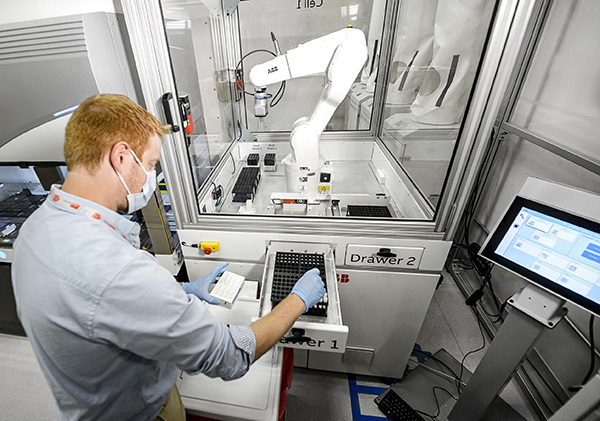
Found in Robotics News & Content, with a score of 2.95
While the fight against the COVID-19 pandemic continues, robots are still helping with research and diagnostics. ABB Robotics yesterday said it has developed an automated neutralizing antibody testing system with the University of Texas Medical Branch, or UTMB. The company said it is “the most effective means of determining an individual’s immunity to various strains of COVID.” “The ability to carry out more daily tests is the key to generating more data on individual immunity profiles that will help control the further spread of the virus,” stated Dr. Michael Laposata, professor and chairman of the Department of Pathology at UTMB.…
Found in Robotics News & Content, with a score of 2.95
…personal protective equipment (PPE) caused by the coronavirus, called COVID-19. To help ensure nontraditional PPE manufacturers will deliver parts meeting the requirements of hospitals in need, it will offer its ERP solution Shopsight free of charge for the duration of the PPE crisis to those helping address the shortage. 3Diligent is working with members of the medical community and expert manufacturers from their global manufacturing network to confirm the viability of various PPE designs sought by medical facilities in need. 3Diligent is creating a streamlined mechanism for medical facilities to procure these PPE designs through its ProdEX manufacturing portal. Credentialed…
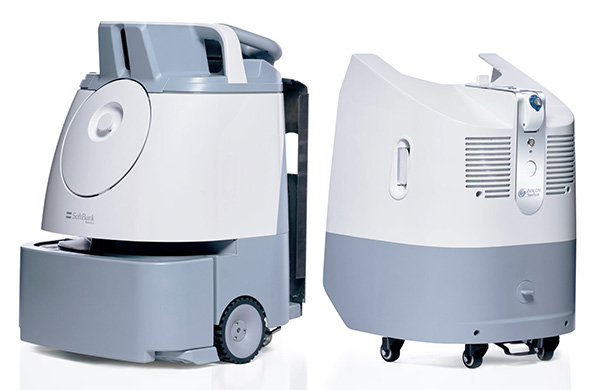
Found in Robotics News & Content, with a score of 2.89
Although the COVID-19 pandemic is easing in the U.S. as vaccines are distributed and social distancing rules are relaxed, concerns for public health remain heightened worldwide. Early last year, before the novel coronavirus was recognized as a threat elsewhere, robots in China were starting to perform tasks to keep people out of harm's way. Mobile robots were pressed into service for cleaning and disinfecting public spaces as early as February 2020. As the pandemic spread, other nations followed suit. Companies that already provided disinfection robots hustled to meet demand, while many academic and startup platforms have attempted to join the…
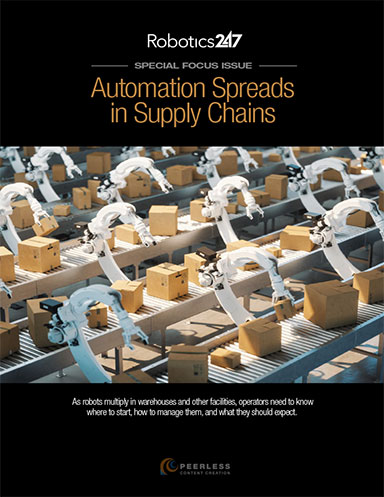
Found in Robotics White Papers & Archives, with a score of 2.84
…chains can take advantage of growing automation options. The COVID-19 pandemic has reportedly accelerated e-commerce demand by five to 10 years, but every industry is looking for increased productivity, flexibility, and safety, not to mention scarce skilled labor. As more warehouses and distribution centers deploy mobile robots, they have to decide how to manage them. We hope to help operations managers sift through the technologies and best practices to be successful. The team at Robotics 24/7 has carefully curated some of the best articles on interoperability efforts, demystifying the hype around robots, and finding the right fit for your warehouse.…
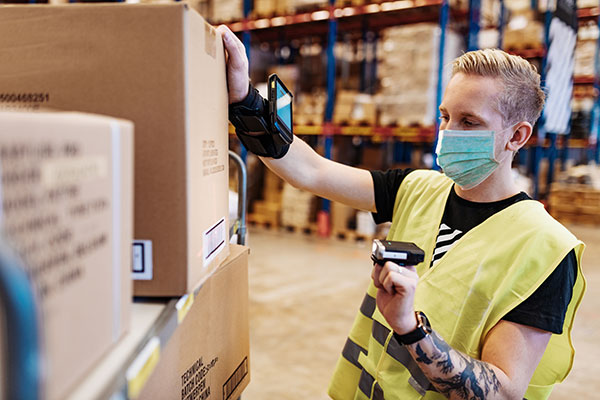
Found in Robotics News & Content, with a score of 2.77
Order Fulfillment During Covid-19 Before the coronavirus pandemic, e-commerce was said to be the fastest growing segment in the world. To some extent, the pandemic even catalyzed that growth while consumers rushed to online shopping. Meanwhile, individual warehouses ended up exposed on high volatility and unpredictability. Swisslog experts remained in liaison with customers during the pandemic. We had an opportunity to learn from these unprecedented times. Therefore, we share a list of issues that appeared to be common pitfalls during recent turbulence, accompanied with suggestions on how to avoid them in the future. 1. PERSONNEL SHORTAGE ON SITE Personnel planning…

Found in Robotics News & Content, with a score of 2.75
The current COVID-19 crisis has brought to light a critical problem in the medical supply chain in the U.S. With many supplies such as personal protective equipment (PPE) coming from overseas, healthcare providers face shortages of masks, gloves, face shields, and other supplies. In addition, the current supply of ventilators was woefully low even before the pandemic. With its rapid and distributed production capabilities, additive manufacturing technology was literally built for such a moment. Printer manufacturers, technology companies, and engineers are stepping up to help fill the gap in the medical supply chain—and more help is needed. Universities (and some…
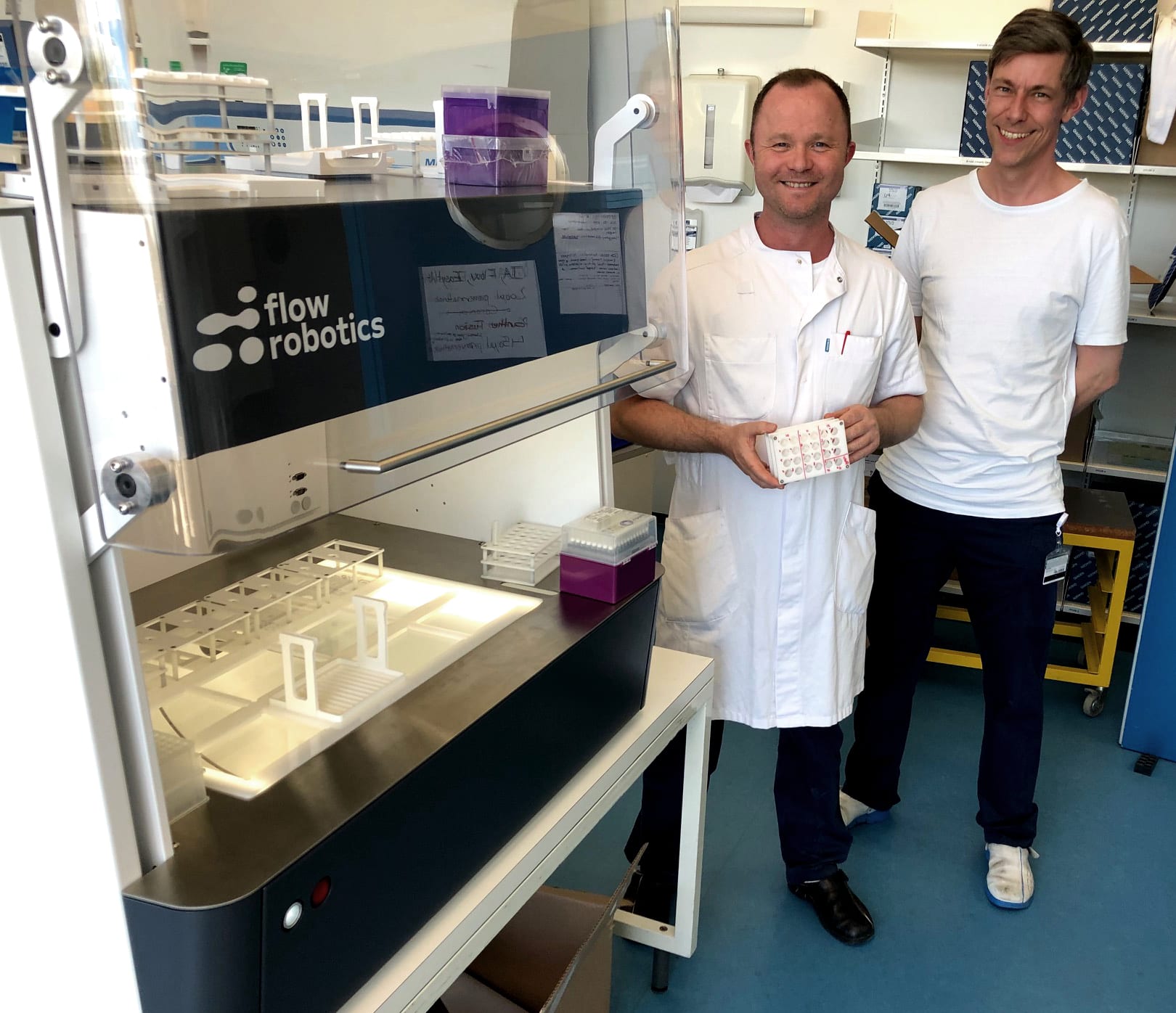
Found in Robotics News & Content, with a score of 2.68
…world looks forward to so-called herd immunity, crushing the COVID-19 pandemic is a daunting task. It requires robust testing to know who is safe and who has contracted the novel coronavirus. Ultimate victory depends on getting vaccines produced, distributed, and administered, and automation can help at each step of the way. Technology transfer After a monumental effort to develop effective vaccines, healthcare providers and governments have struggled with mass vaccinations. Can robots help? There are not many robots directly injecting patients, but, if we look at other industries with similar requirements, automation has made progress. For instance, there is already…
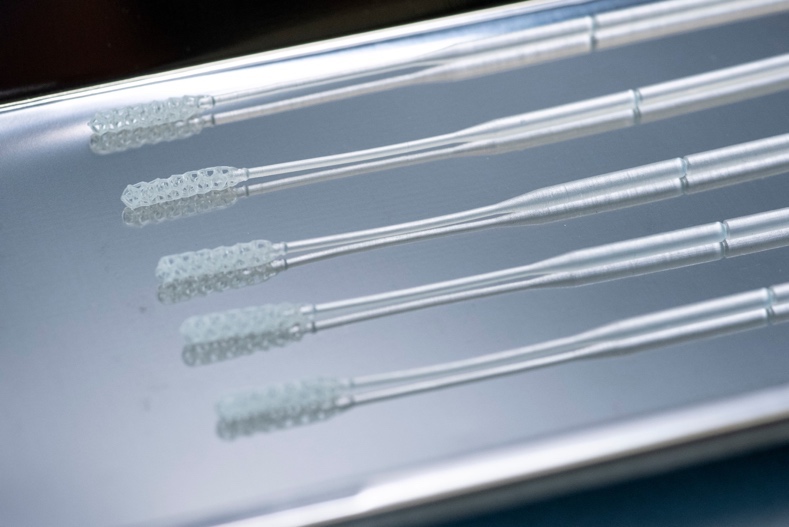
Found in Robotics News & Content, with a score of 2.66
…of the fundamental hurdles to wresting control over the COVID-19 outbreak. To help break the logjam, companies hailing from the 3D printing and medical research worlds are combining forces to innovate new solutions to address the shortage of nasal swabs. 3D printer manufacturer Stratasys is pooling resources with a lesser known 3D printer company to market and promote 3D printed nasopharyngeal (NP) swabs to healthcare providers and U.S. testing centers. Instead of leveraging its own 3D printer technology, Stratasys is lending its sales and marketing muscle and healthcare industry presence to start-up firm Origin, helping the firm more easily distribute…
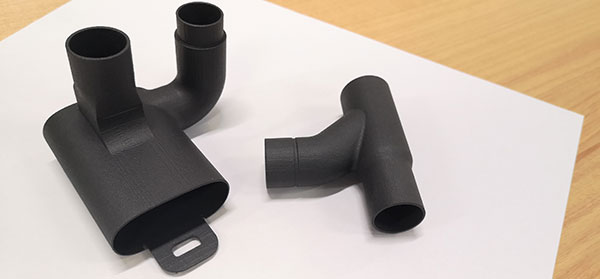
Found in Robotics News & Content, with a score of 2.58
…and Windform P1 isotropic material. To help defeat the COVID-19, in less than 24 hours, CRP Technology has manufactured in-house several functional prototypes of emergency valves for reanimation device and link-components for emergency respiratory masks for assisted ventilation. For the manufacture of both types of components, the CRP Technology’s Rapid Prototyping Department has used the 3D printing technology called HSS (High Speed Sintering) and the Windform P1 isotropic material. “Following the intensification of the emergency due to the lack of fundamental devices for the care of patients affected by COVID-19,” says Franco Cevolini, vice president and technical director, CRP Technology,…

Found in Robotics News & Content, with a score of 2.58
…global health crisis caused by the outbreak of the COVID-19 virus, Siemens is making its Additive Manufacturing (AM) Network (along with its 3D printers) available to the global medical community to speed design and production of medical components. The AM Network connects users, designers and 3D-print service providers to enable faster production of spare parts for machines like ventilators. The Siemens AM network is available globally. According to the company, starting today doctors, hospitals and organizations in need of medical devices as well as designers and service providers with medically certified printing capacities can register for free access to the…
Found in Robotics News & Content, with a score of 2.57
…key technologies and industries that are using the devices. COVID-19 has increased the adoption of VR and AR in a number of industries. According to IDTechEx: “Recently the versatility of mixed and augmented reality products has come to the forefront of the news, with an Imperial led project at the Imperial College Healthcare NHS Trust. Doctors have been wearing the Microsoft Hololens headsets whilst working on the front lines of the COVID pandemic, to aid them in their care for their patients. “The use case for this project allows other clinicians to sit in another room, and by using Microsoft…
Found in Robotics News & Content, with a score of 2.53
…Lesley Slaton Brown, chief diversity officer at HP. “The COVID-19 pandemic and the recent social movements for racial justice have amplified the glaring inequalities in how our country is serving communities of color. HP’s investment in our relationship with HBCUs dates back several years and stems from our recognition that these disparities are particularly stark in the tech industry.” “The HP-HBCU Business Challenge is a valuable event for our students to engage in experiential learning and has boosted their industry acumen and likelihood to secure internships and career opportunities,” said Anthony C. Nelson, dean of the School of Business at…



